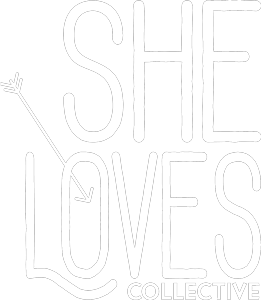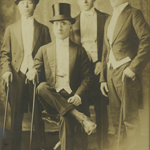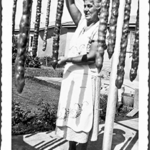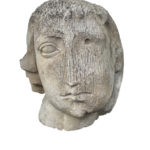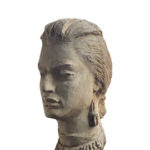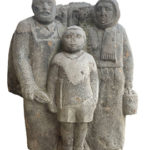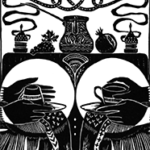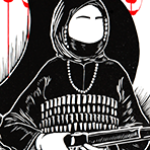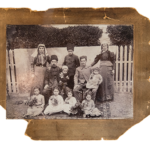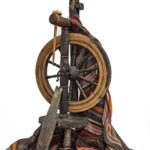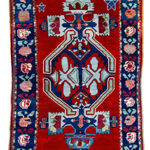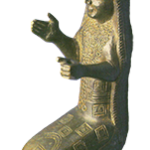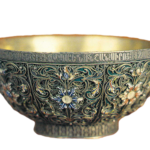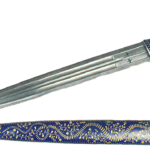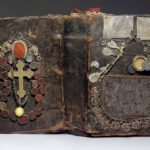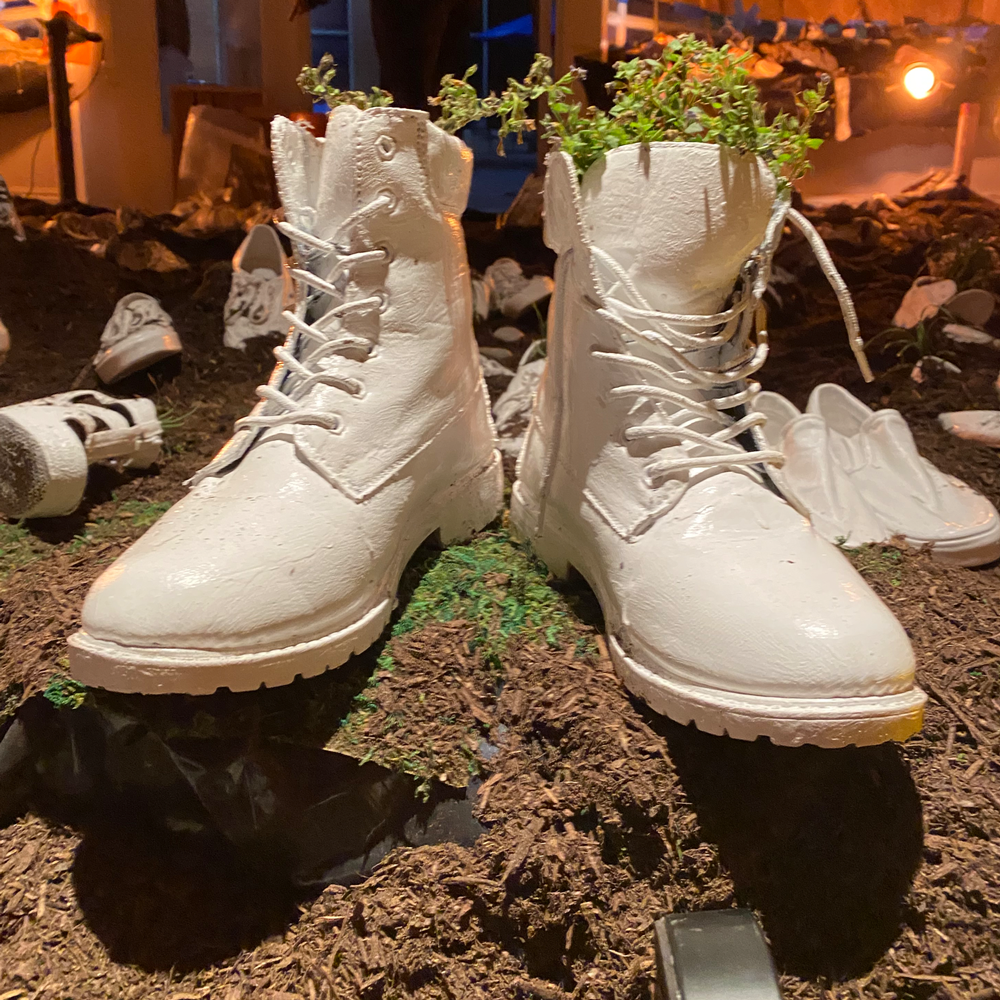Relics
MY RELIC is a contemporary view on the Armenian culture, the trials and tribulations of the Armenian people, their ability to survive and thrive amongst adversaries- through the lens of Armenian female artists.
Each of the three pop- up exhibits explores the ability to heal, move forward, and grow through a variety of themes broadly construed as “relics”. Translating this concept from the lexicon of the sacred and historical, relics are also non-static objects, ever-living, that narrate and construct our subjectivities anew. In each installation relics are considered through the concept of breaking bread, the collection of items passed down through generations, and salvation.
She Loves Collective dedicates this work to the Armenian people of Artsakh- in honor of the soldiers who lost their lives, the families who lost their homes and right to exist on their ancestral homelands, and over 100 prisoners of war held captive by Azerbaijan today.
We are with you. You are in our heart.
She Loves Collective would like to thank the collaboration of the following institutions and private collectors for their assistance in realizing this exhibit on display in the Relic Room.
- Ararat Eskijian Museum
- Project Save
- Sona Tatoyan
- Lusik Aguletsi Collection
- Morgan Library and Museum
- Sylvie L. Merian
- Armenian Museum of America, Watertown, MA.
- Ali Cat
- Elyse Semerjian
- Bedoukian Family
- Hrair Hawk Khatcherian and Lilit Khachatryan
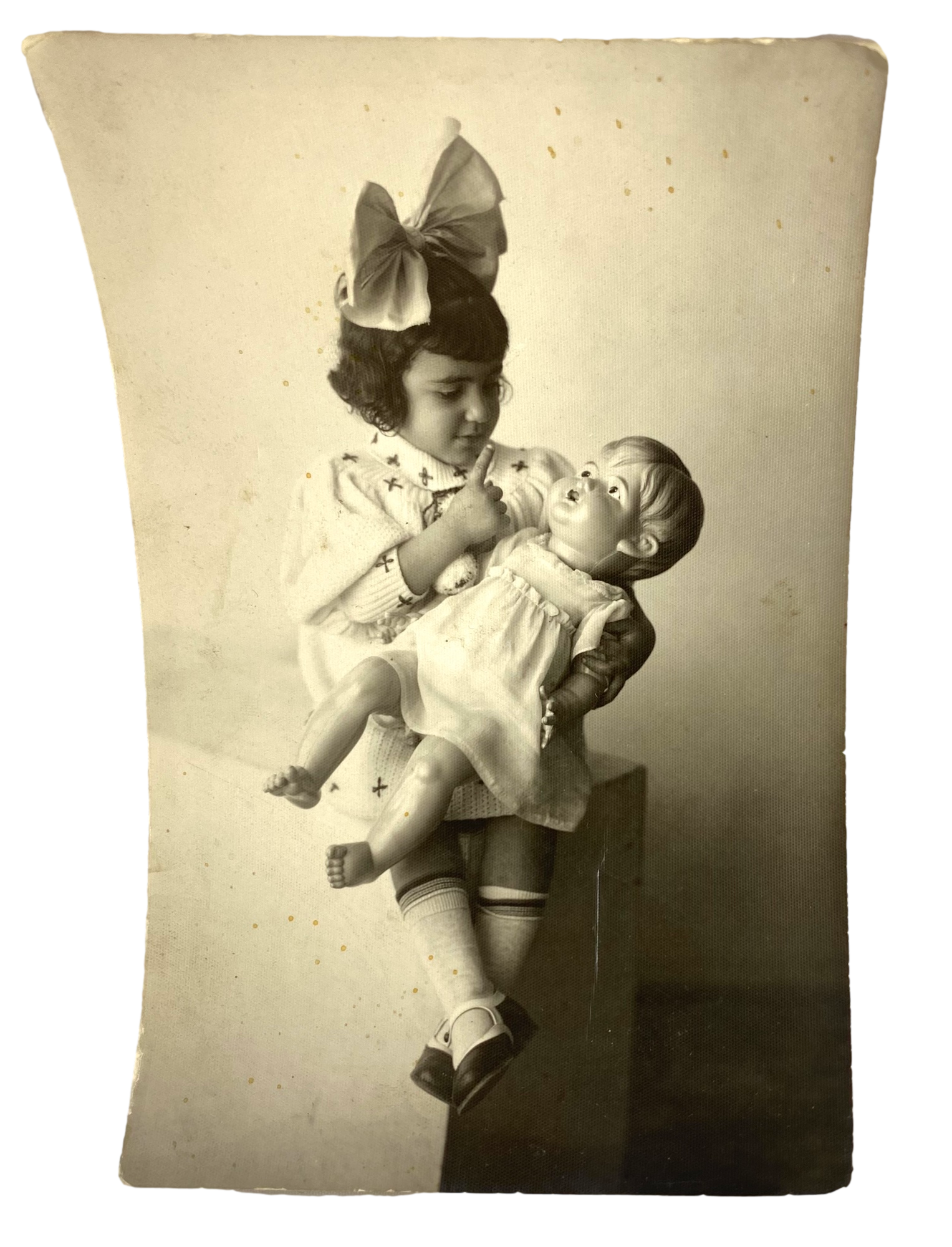
#RELICS
Relics features 50 suspended, transparent banners with digitally printed images of relic-objects provided by museums, churches, private family collections, archives, and books from Armenian communities in Los Angeles, Fresno, New York City, Boston, Berlin, Moscow, Artsakh and Armenia. This room brings together a plurality of memory objects that reflect loss and belonging from around the globe into a single space—a movement from dispersion to an imagined possibility and moment of unity. Most of the objects depicted here were saved, preserved, and passed down to family members or museums by women.
An object becomes a relic not just because it has historical or sentimental value, but because of its story. A relic is all that is left of something in the present, now gone—an object, a custom, a belief, a person or people. Relics are often outmoded, and do not hold the same relationship to the present, as they one day may have. A relic is disjunct; it is out of time. In the present, a relic has no time. Floating from the ceiling on white transparent sheets, images of relics are juxtaposed, overlapped, layered; they fall as if creating a labyrinth in the air, giving a gentle texture to the space that contrasts the horrors they’ve witnessed, and forcing the eye to look past one banner in order to see the next. While these relics may not seem related any longer to the present, as they move together, they create a story, a relationality. That relationality is also extended outward: over some of these Armenian image-relics are relic-drawings by non-Armenian artists, all of whom have added their own memories of loss to the Armenian ones. In this gesture, the feeling of loss from trauma is not hierarchized, while at the same time, the addition of these drawings over the Armenian ones reminds us that one trauma left unacknowledged only leads to more like it.
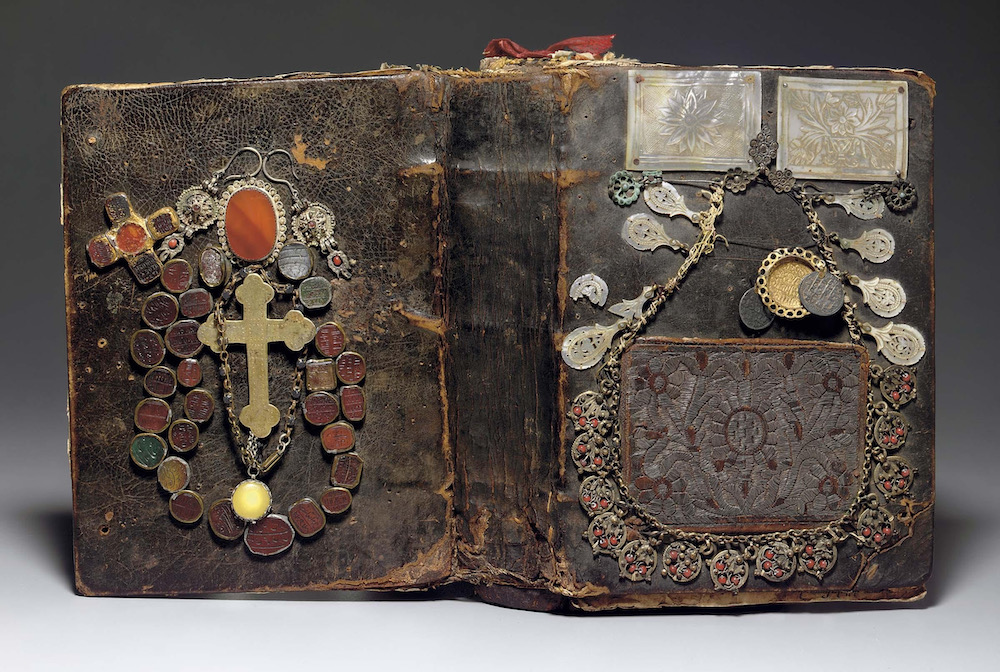
Gospel book
Armenia, ca. 1675-1725.
MS M.1149, The Morgan Library & Museum (New York, NY)
Department:
Medieval and Renaissance Manuscripts
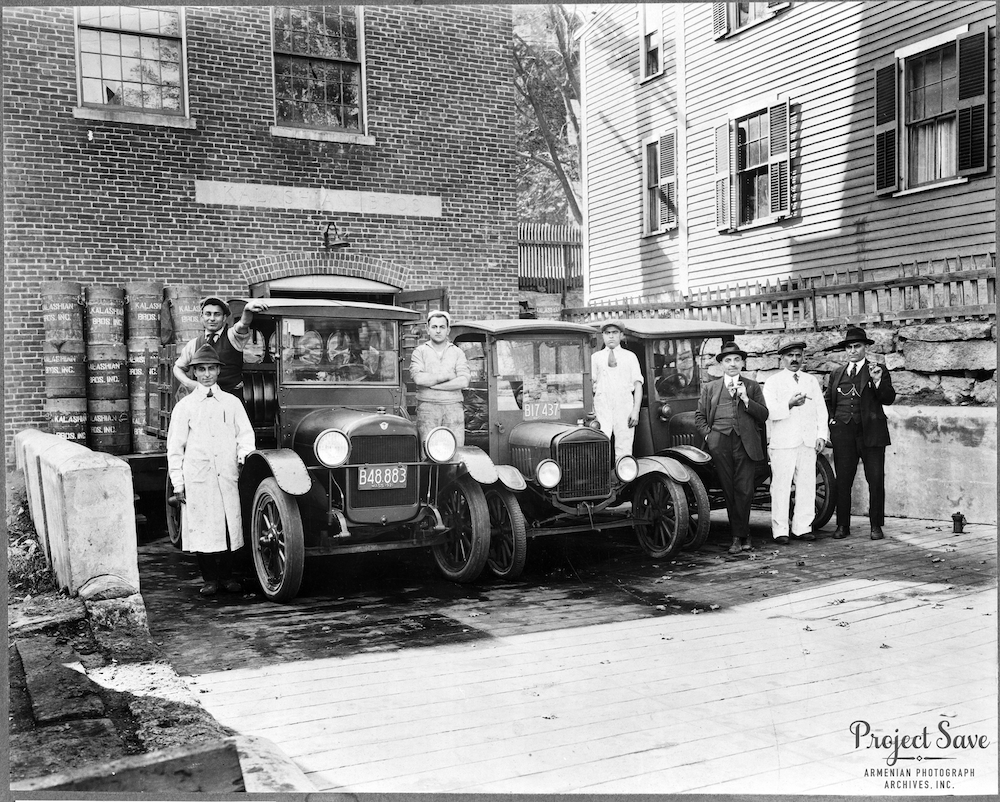
As our eyes cruise from one relic-image to the next, we might imagine their stories, the paths they’ve traveled, the individuals who own/ed or remember/ed them. Resting on transparent white sheets, as if lying peacefully upon a shroud, seen but also unseen, these relics are as ephemeral as they are material, just like the traumas they index; just like the traumas that made them relics to begin with. Suspended as a symphony of objects that could be used to be shown as evidence of a culture or people annihilated, their ability to move easily in the wind avoids this constant urge to be used as objects of proof. Instead, light and airy, they are used as objects of remembrance—of memories that are faded, unclear, need to be parsed through, looked back on, seen together, seen overlapped, understood as complex; a labyrinth of relics that remind us of the past, avoid constancy in the present, and remain open, airy, unburdened for the future.
MEDIUM
Digital print, polyester fabric (100 yards), string, magnetic hooks, wood.
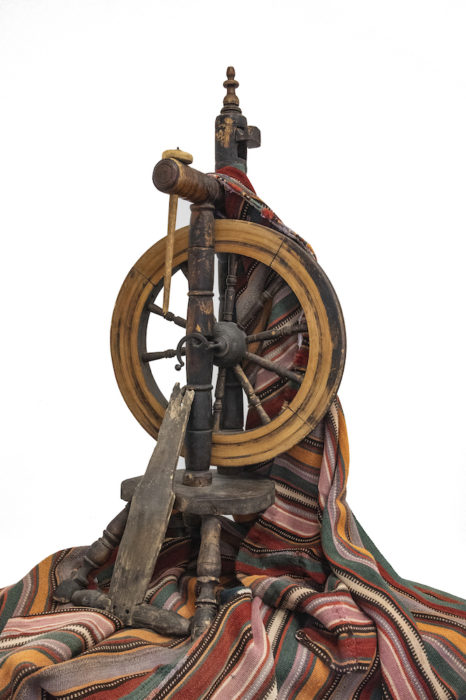
Relics Gallery
- 62. NAHABEDIAN_Walter_4-04-Yeghia Yavanian stands in the middle with his friends, names unknown; Boston area, early 1900s;
- 63. PALMER_Araxi_73-01-Soliders with American military vehicles, on route to Sivas.
- 64. Haighganoush Severian of Bridgeport, Connecticut, hanging rojig (string of walnuts dipped in grape juice thickended with flour, suguar and cornstarch) to dry
- 67. Armenia 6-Lusik Aguletsi Collection
- 68. Armenia 10-Lusik Aguletsi Collection
- 69. Armenia 11-Lusik Aguletsi Collection
- 73. Tasseography-Reading each others coffee grounds to speak most openly to each other.
- 74. Our fedayi-Those who sacrificed to keep our communities safe. "I would die for you."
- 76. Family Portrait
- 78. Spinning Wheel
- 79. 1908 Artsakh Rug
- 81. Book1_b47-Gold cross decorated with granular ornaments and central gem with the image of an eagleld c
- 83. Book1_b34a-Bronze statuette of Arubani, Urartian goddess of fertility and art, and wife of the cheif god Khakli
- 87. Book1_b57-Silver bowl with enamel and filigree
- 88. Book1_b57b-Bronze enamelled dagger, made by Grigor Badamian
- 101. Gospel book Armenia, ca. 1675-1725. MS M.1149, The Morgan Library & Museum (New York, NY) 101-Department: Medieval and Renaissance Manuscripts
